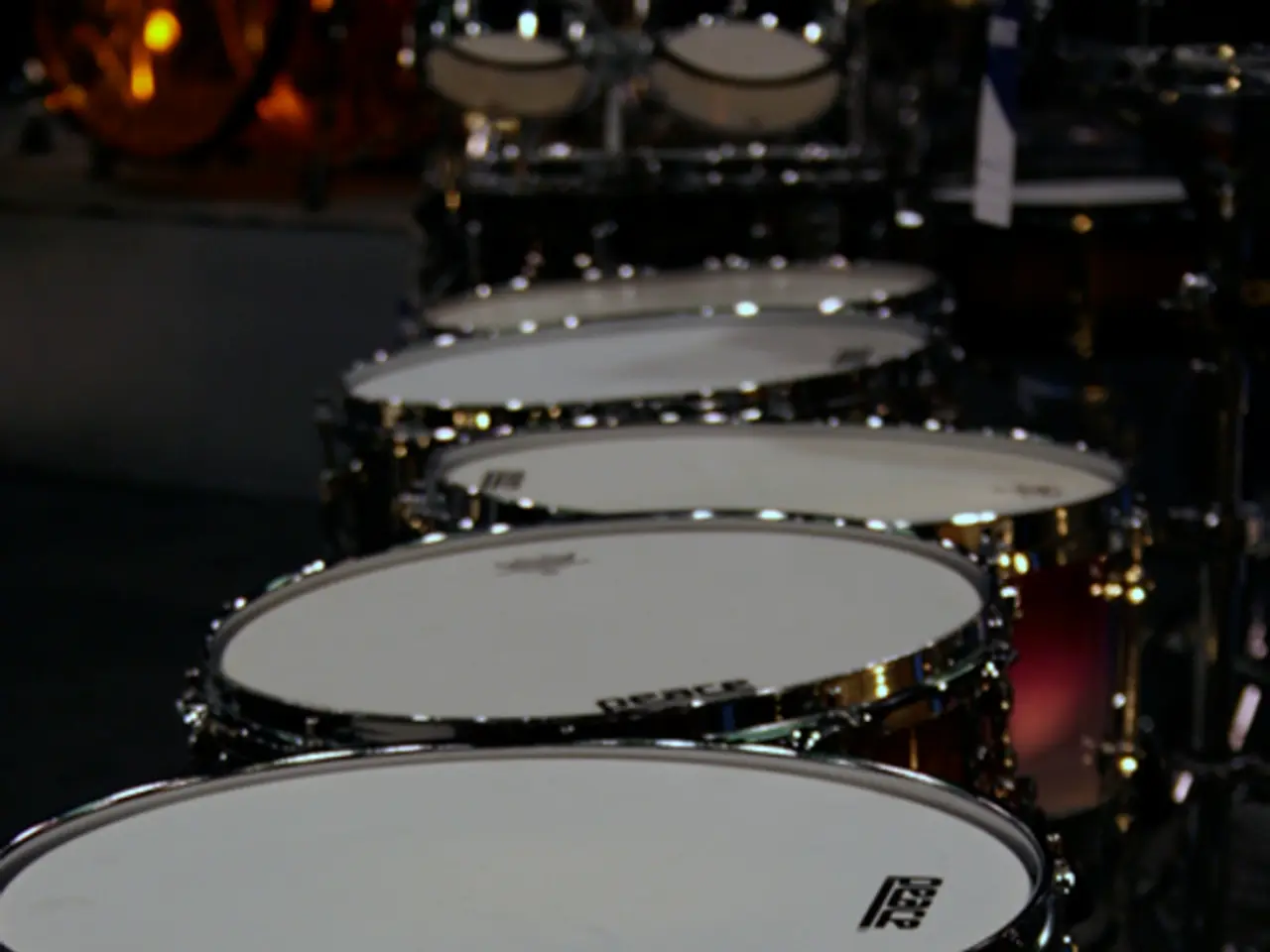Brain's frontal lobes electrical activity may be disrupted due to COVID-19
COVID-19's impact on the brain isn't just a sneaky side-effect; it's a bloody assault on the frontal lobes, causing a dizzying array of neurological symptoms. According to a review of a hefty 617 patient studies, around a third of those infected with the virus have bizarre electrical activity in their frontal lobes, as detected by electroencephalography (EEG) tests[1][2].
Among the sickest patients with severe COVID-19, around 15-25% may experience blurry vision, raging headaches, or confusion, as the virus invades the bloody sanctum of their noggin. When this happens, doctors may refer them for an EEG, a test which involves sticking a few electrodes to your scalp to see the electrical storm brewing up in your brain[1].
So, why the fuck is COVID-19 targeting these poor frontal lobes like a goddamn predator? Well, according to Dr. Zulfi Haneef, assistant professor of neurology/neurophysiology at Baylor College of Medicine, the most likely entry point for the virus is the nose. Given the proximity of the frontal lobes to this dodgy welcome mat, it's only logical that they'd be right in the line of fire[2].
But it's not all gloom and doom. They're noticing improvements in more than half of the patients who had follow-up EEG tests[2]. Still, these findings serve as a stark reminder that this SARS-CoV-2 son-of-a-bitch can mess with your head long after you've shaken off the initial infection.
So, next time you think COVID-19 no longer poses a threat, just remember: this virus isn’t just messing with your lungs or heart—it's wreaking havoc on your brain too, y'all[1][2].
[1] SARS-CoV-2 preferentially injures brain areas including the frontal lobes, as well as the temporal lobes and hippocampus, which are implicated in cognitive functions.
[2] In some severe COVID-19 neurological complications, EEG abnormalities have been observed, such as in pediatric cases with COVID-19-associated encephalopathy or brain death, EEG findings reflected severe brain dysfunction, though such cases are rare and more data is needed.
[3] The frontal lobe EEG abnormalities linked to COVID-19 may relate to microstructural damage in frontal white matter, which supports executive function, attention, and emotional regulation networks. These disruptions can manifest as altered EEG patterns reflecting impaired cortical activity in frontal regions.
- COVID-19's impact on the brain extends to the frontal lobes, which are prone to electrical activity abnormalities due to the virus' entry point being the nose.
- Among severe COVID-19 patients, neurological symptoms such as blurry vision, headaches, and confusion can occur, leading to EEG tests for detection.
- Interestingly, improvements have been noticed in more than half of the patients who underwent follow-up EEG tests, suggesting potential recovery from the virus' neurological effects.
- The frontal lobe EEG abnormalities observed in COVID-19 cases might be linked to microstructural damage in frontal white matter, affecting networks responsible for executive function, attention, and emotional regulation.








